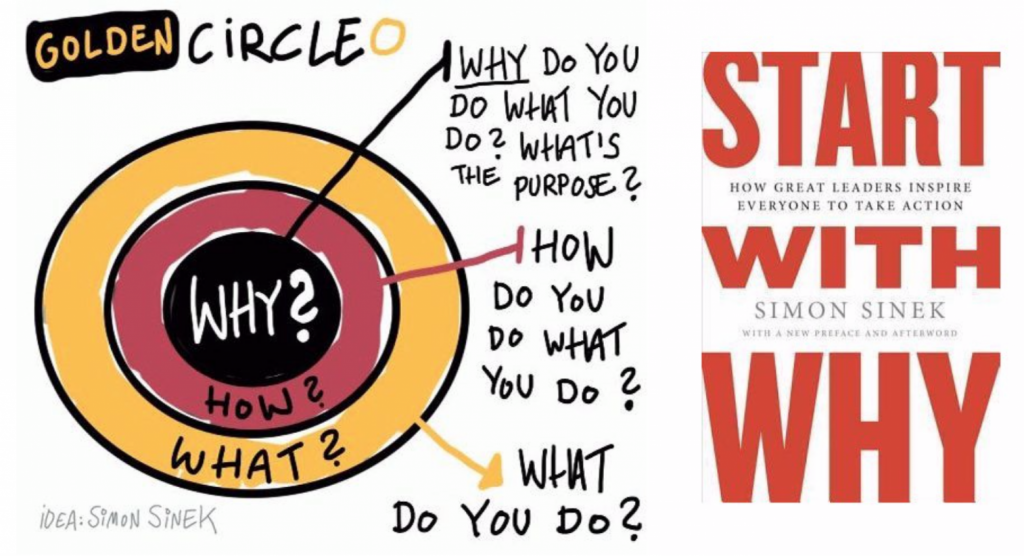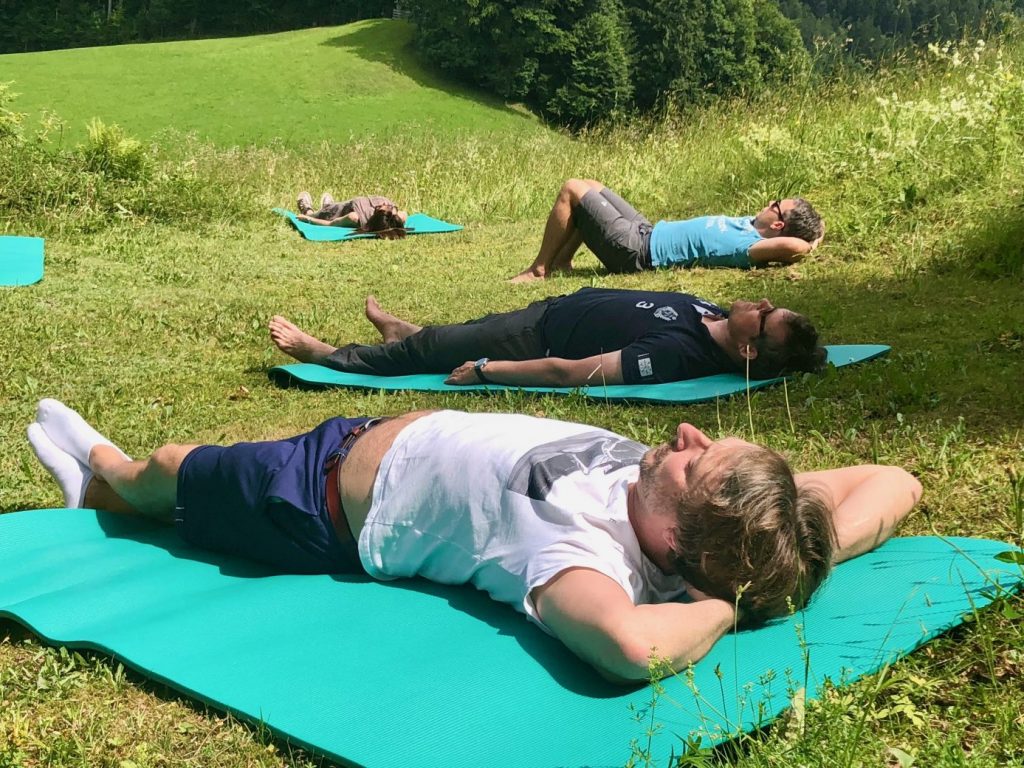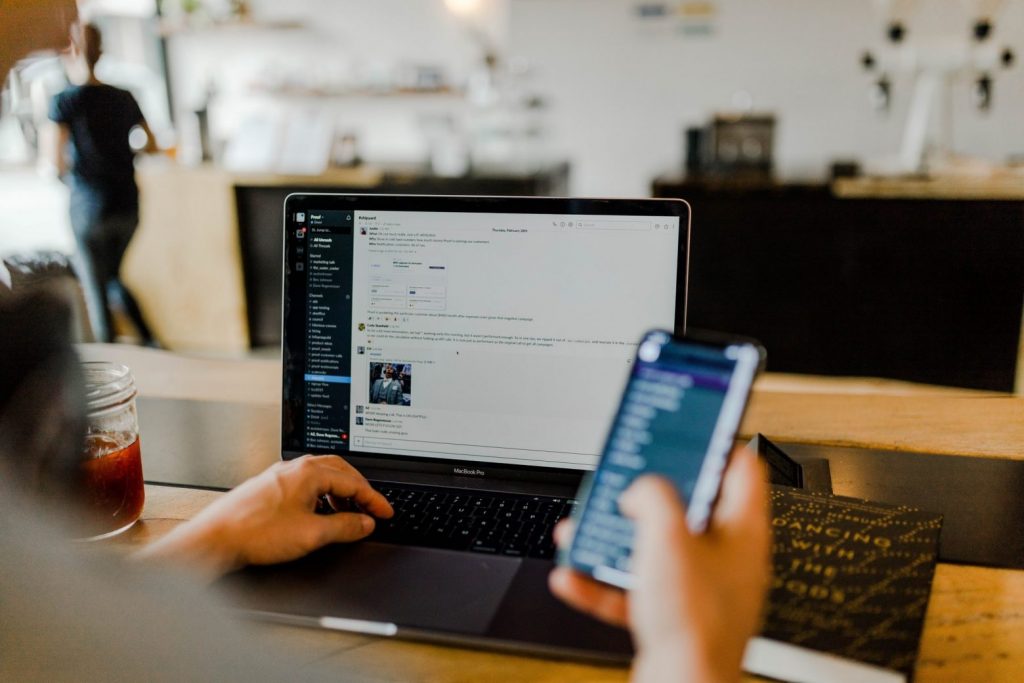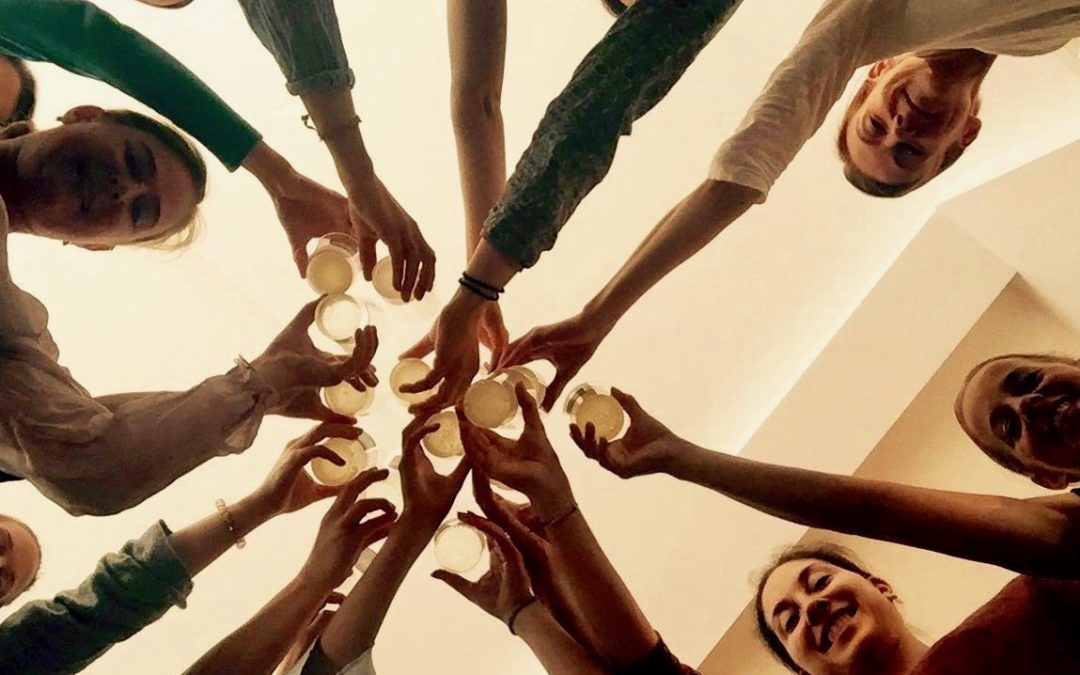Who would have thought that a few months ago. Covid has maneuvered us in a phase of global disruption and we cannot just go on like we did before. The world is demanding us to transform. What previously made sense may suddenly no longer make sense. This impacts everyone and our leadership in particular. We need to transition into a different stage of collective consciousness, but we can make choices. What brought us here, might not take us further. We are asked to reconsider why we are here, what drives us? What is our purpose in these changed conditions? What is actually my purpose?
I am providing time and space for leaders to connect with themselves and with others, enabling them to see and engage in what really matters.
My Why, a Stress-Test à la Simon Sinek
I have my purpose statement for about five years and the current times and circumstances invited me to put my statement at test. When doing purpose work with my clients I like to stress-test their purpose statement with Simon Sinek’s method of drilling deeper by asking five times “why”. My answers to the five why’s are of course not universal, they only reflect my logic, my view of the connections between elements.

I began with my starting belief:
What brought us here, might not take us further; no matter what, people and leaders in particular need to reconsider their purpose, their contribution to these new circumstances in the world, their way of doing things as well as how to lead.
Why?
A little virus forces the whole world into a drastic transformation. Nothing is as it was before, socially, economically, politically, traditional rules and frameworks reach their limits in the attempt to keep the situation under control. In addition, the concept of capitalism is subjected to a massive stress test. The whole world order is put at question.
Why?
Mankind had lost sight of what’s important in life, so it seems that nature (ie: the virus) stepped in to “help”. To help to rediscover living in harmony with each other and the planet, truly showing solidarity and compassion as well as supporting of and caring about each other.
Why?
Money rules the world. Economic and power interests are in the fore ground. Mankind got stuck in their autopilot, with their blinkers on, wasn’t open for different approaches & perspectives, but rather kept holding on to a resumed success model of economic and power interest.
Why?
People don’t really relate to each other, we are not “connected” anymore. Not with ourselves, not with each other, not with our planet which is the source of our life. If we are not connected, we are trying to “control” the situation. We don’t sense and see what it is really about. Rather than truly relating to each other and our needs, mankind is coming from a place of fear and seems to be kept driven by this fear. The fear of change, of not knowing and of losing control.
Why?
We lost our connect-ability. It begins with us not even taking the time and space for consciously connecting. We remain in our autopilot and hamster-wheel keeping ourselves busy. It may be with all the best intentions, but that’s also how we make sure that we do not have to question ourselves and our actions.
So ultimately, it’s about providing time and space for leaders to connect with themselves and with others, enabling them to see and engage in what really matters.
There you go, my purpose statement. My why has not changed to what it was before. On the contrary, I feel encouraged and this is what drives me out if bed every morning.
What do I mean by “Connection”?
Do you know the situation when you listen to someone, you understand what he or she is saying but it’s not really landing with you because his or her body speaks another language and it just doesn’t feel right? Now, we cannot always say exactly what it is, but something is disturbing, puzzles us. The other person doesn’t come across coherent, his or her mind, body and emotions do not seem to be in resonance. When talking about emotions he or she are rather giving cognitive descriptions then describing what really is sensed and felt.
This is a very typical phenomenon in our western culture.
We tend to remain in our minds and our body and emotions are kind of cut off. But the “idea” that mind, body and emotions are separate is only that – an idea. Reality is that they are interconnected.
For example, when feeling stressed thoughts are racing, the breath tends to be shallow and the shoulders tense, sounds familiar? But who is in charge here? Do feelings produce bodily states or vice versa? Does my mind make me tense or does the tension in my body make me have all these crazy repetitive thoughts? In the western cultures we are socialized with a strong basic believe that the mind rules the body. Controversially, neuroscientists and psychologists are now pointing out how physical processes in the body govern thought, emotion and behaviour. As we listen into our bodies it’s important to notice all the sensations who, no matter how subtle or intense, are deeply connected to how our mind as well as emotions work.

Being fully connected to ourselves means that we listen equally to all, the mind, body and emotions and that they are in resonance. When fully connecting with others we move into resonance with their energy, the vibrations of their mind, body and emotions. We tune into them, experience them, but we are not getting identified with them.
If you ask people, who are in resonance with themselves, what the effect is it has on them, the most common answers are as follows: “I am feeling content, whole, in peace, in my middle, purposeful, I am simply feeling in flow.”
The Impact of (not) Connecting
If we are not connected to ourselves, we walk through life unconsciously as if we are on autopilot all the time. To a large degree running on autopilot is super helpful, particularly if it’s about our daily routines. However, if we are stuck in behavioural or thinking patterns which are not really helpful it may be really draining. Being not aware of these patterns means stumbling into them over and over again. Interrupting a routine or habit requires a space: This will allow you to make a choice and transformation can happen.
To create this space, you need to be consciously connected with yourself.
Being connected to ourselves is also the condition to be able to connect to others. When we are not connected to ourselves, we react rather than respond to others. We tend to make others responsible for our reactive behaviours, which in addition tends to weaken the relationship. “You triggered me with your behaviour. It’s your fault that I am freaking out!” If we are conscious and present, however, we see triggers as what they are: OUR triggers. They are telling us something about ourselves rather than about the other person. Instead of blaming others, we can make a conscious choice to relate to each other. We can start to be curious, trying to understand and working through that situation together. The benefit will be deepening the relationship.
I believe that “connecting” is the key ingredient in creating healthy and resilient relationships, which is a key driver to master any challenge, both privately and in business.
How to get more Conscious? Practice, practice, practice…
I recently had a conversation with a friend in which we discussed the effects of the current social distancing caused by Covid. He was totally shocked about his social media consumption time and decided to go on a digital diet. “I feel as if I am living a digital life. It is not me anymore. I need to get back to myself.” he resumed.

I had similar experiences as he did. It’s so easy to get sucked into all digital devices and offers surrounding us currently. At the end I gave my mind and body hardly any pause anymore, could not calm down and reflect. It’s addictive! I recently realized that most of the time I felt restless like a tiger in a cage. I had the urgent need to go out and move and I hardly could switch of my thoughts. So much about being conscious and connected.
Even in less challenging times we need space for contemplation, reflection, digestion and integration.
If we slow down and consciously create more room we will see more, feel and sense more. Only then we will see different perspectives and the choices we have. By this we create inner room of openness, creativity and innovation.
Important key ingredients to this are to become more intentional, to slow down and to take our time. Mindfulness and meditation are good ways to practice awareness, for example. Besides of mediation, I love my yin yoga flow, doing some breath work or leaning at a tree while focusing on my inner world. No matter what you do, find something you like doing repetitively and persistently – create a new habit.
Remember my words from the beginning?
The world is demanding us to transform. What previously made sense may suddenly no longer make sense. We need to transition into a different stage of collective consciousness, but we can make choices. What if we all started off with taking the choice to consciously connect to ourselves and others? Imagine what could become possible!

